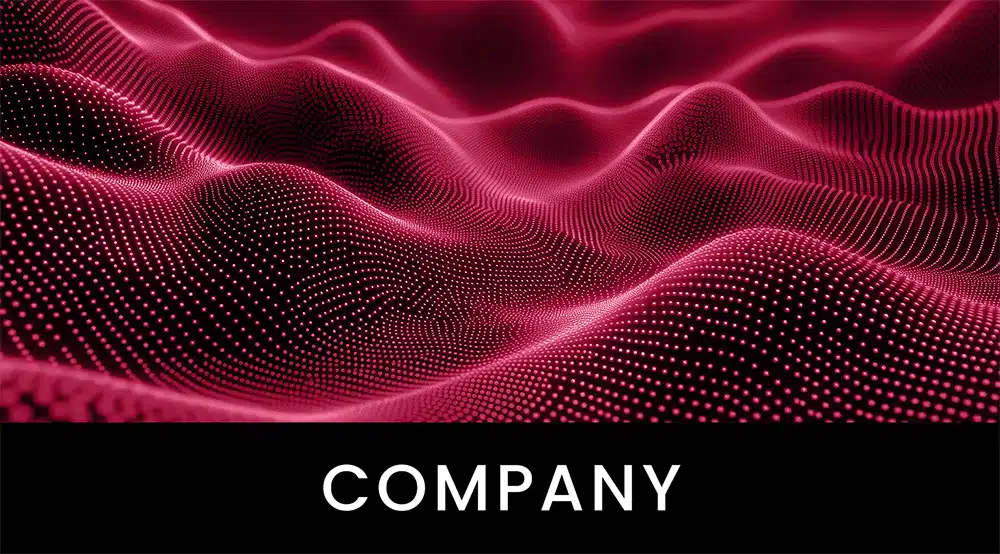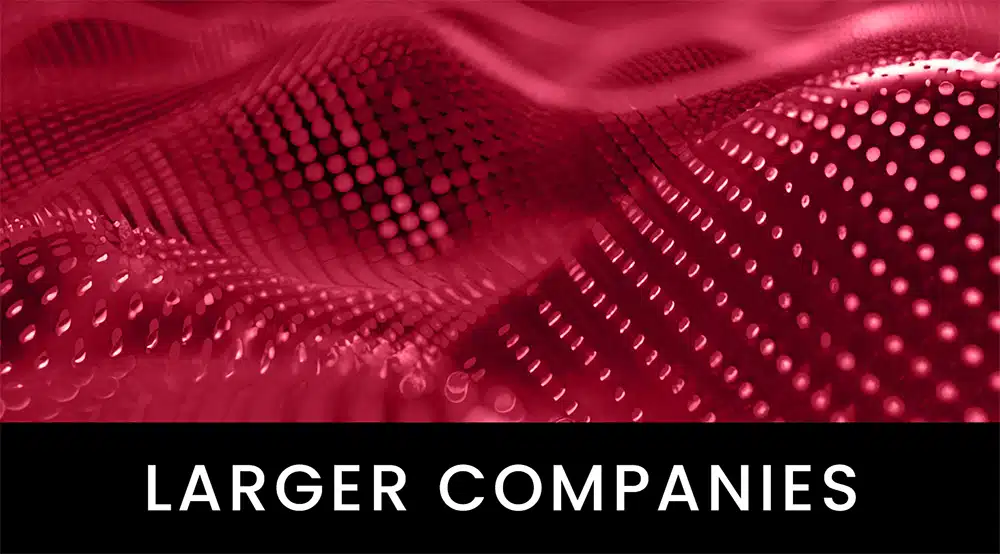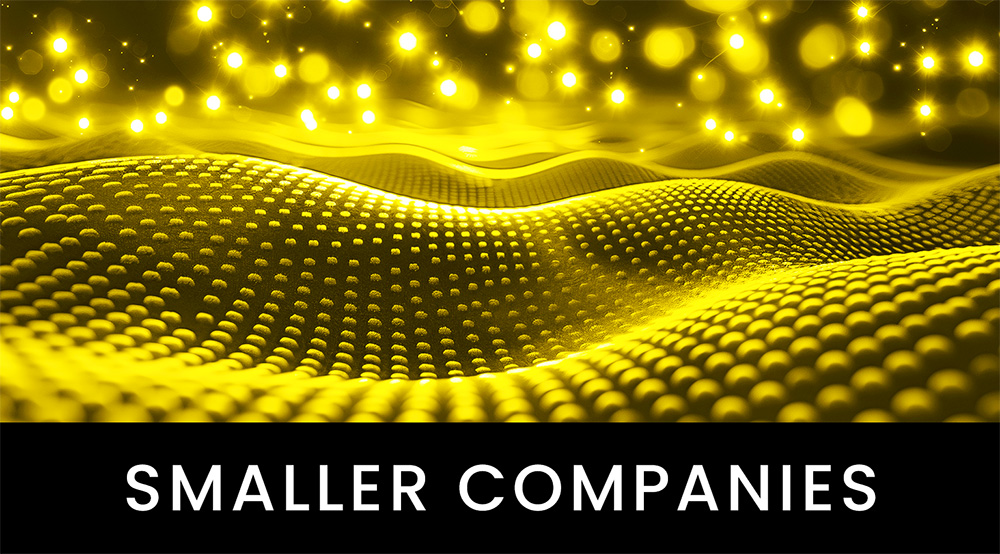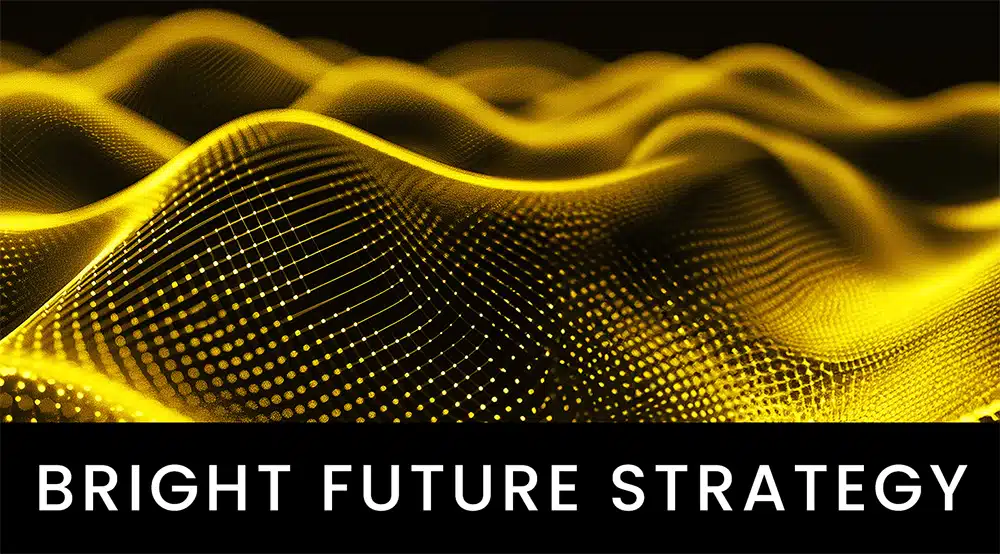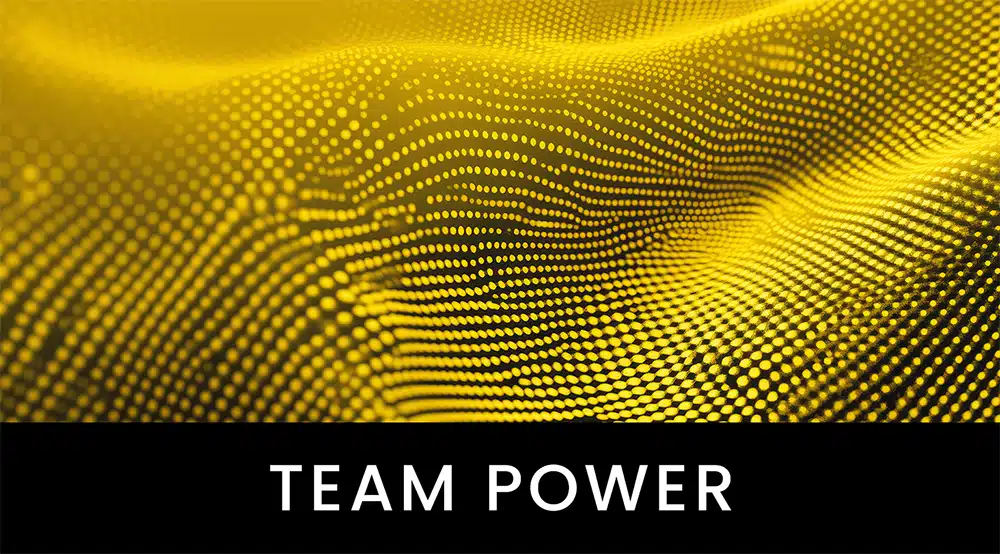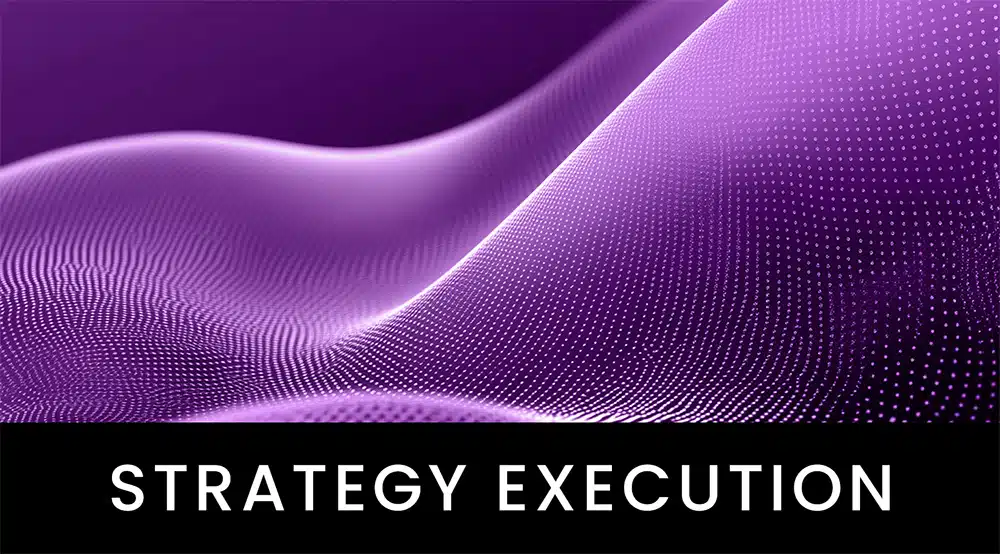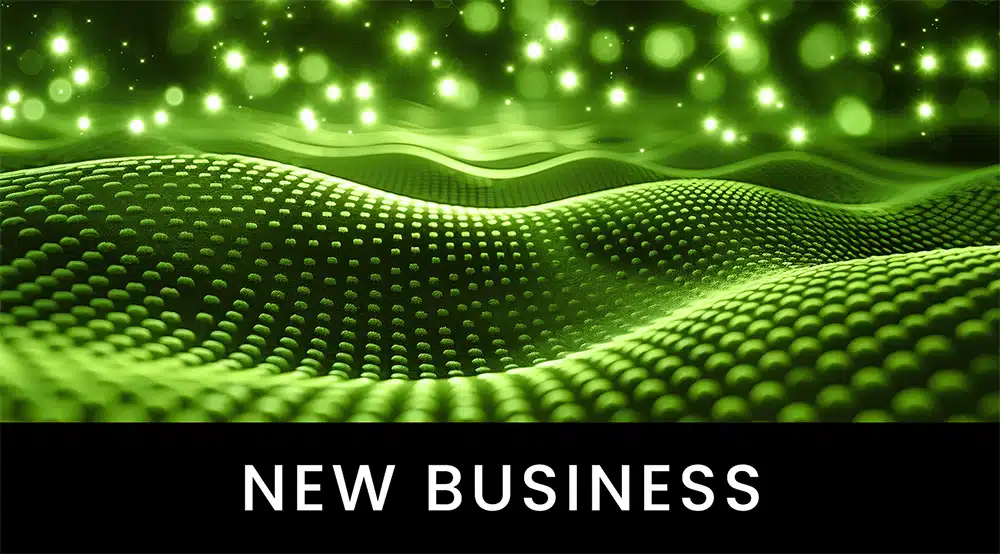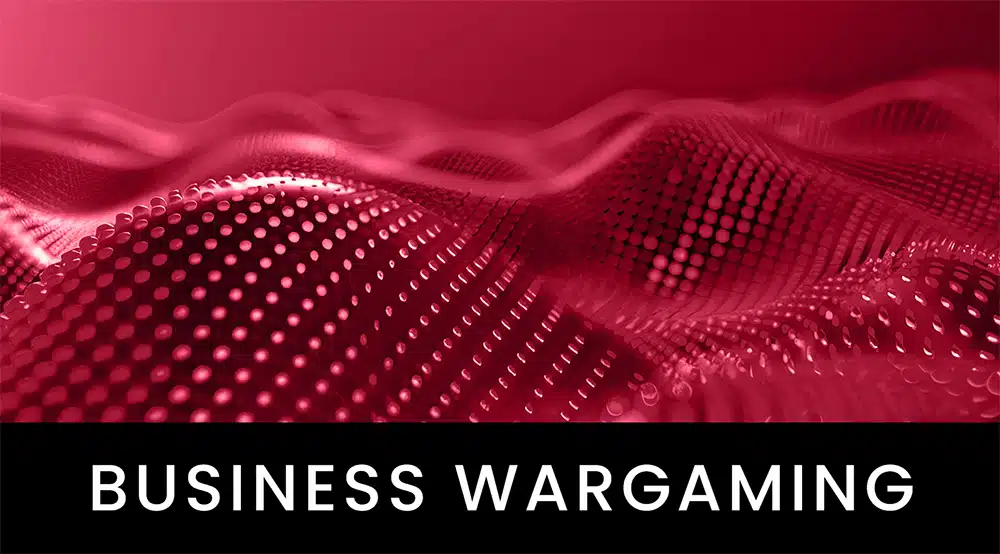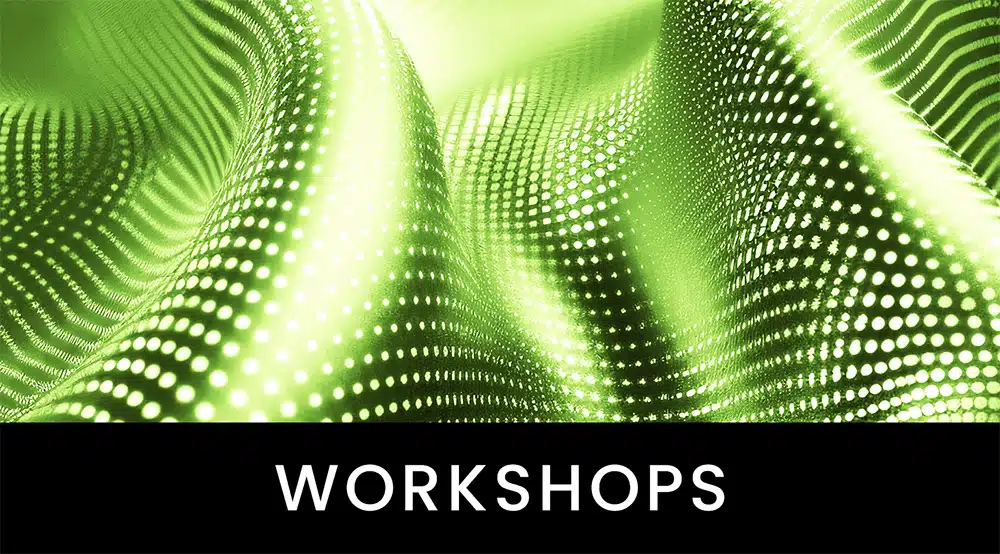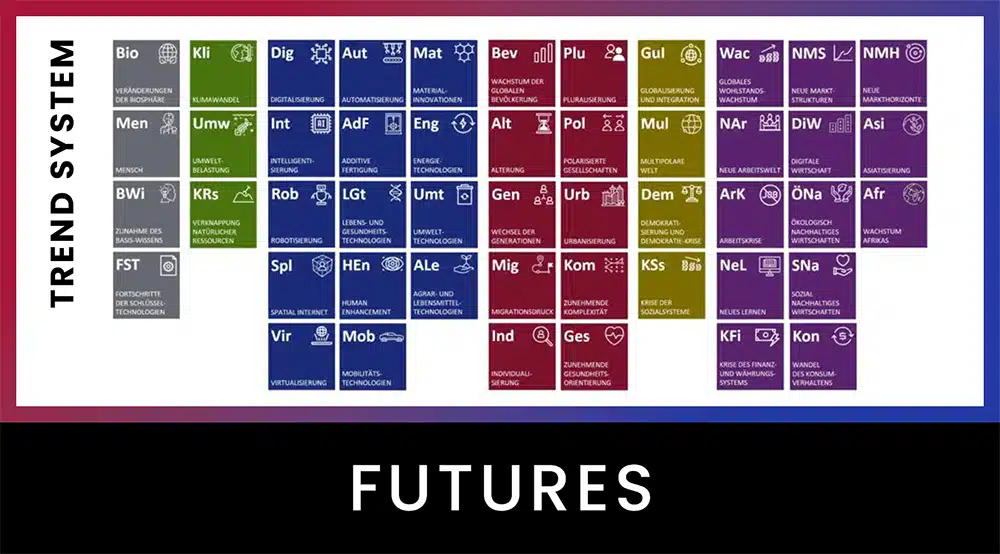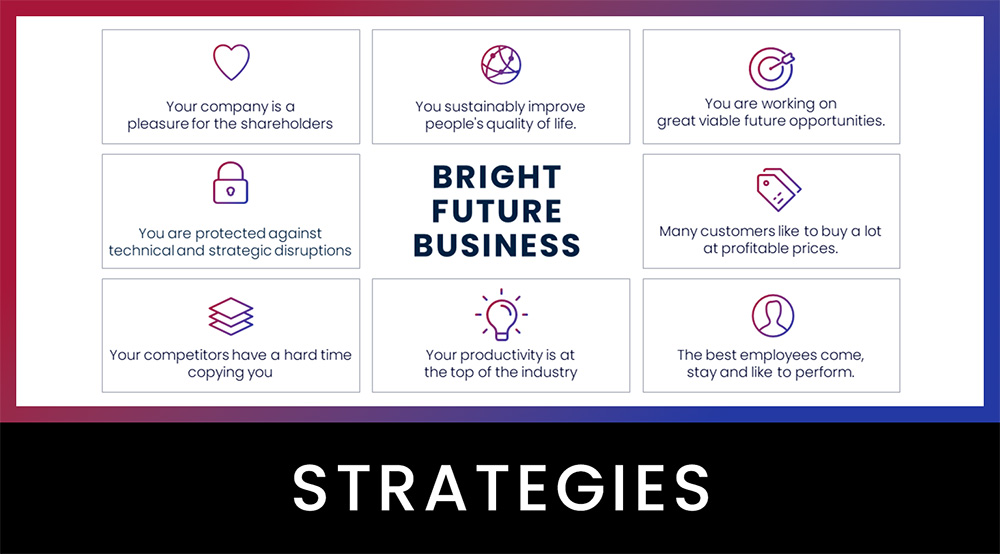Where are you actually leading your team? What should your company look like in the future? Perhaps you already have a clear answer to this question. But what about your colleagues in the management team? Would they give the same answer as you? What would your employees answer if they were asked what the future vision of your company looks like?
Unfortunately, most companies are in a bit of a mess when it comes to such issues. The successful companies in particular have clarity and unity here.
Create a template for the daily puzzle
Imagine you want to put together a jigsaw puzzle: What do you need? A flat surface, the 10,000 or 100,000 puzzle pieces, one or more people, drinks, snacks and some motivation and – a template. Letting people do the puzzle without a template is mean. And letting people in a company work on a puzzle without a template is not only mean, it’s also damn expensive.
Without a vision for the future, forces get bogged down
If there is no shared vision of the future, then each individual in the team will wonder where the company is going. People can hardly bear a lack of meaning, in this case a lack of a vision of the future. So they fill it with their own ideas. Everyone then comes up with their own vision of the future. Everyone means well. It is practically impossible for a common vision of the future to emerge in this way as a template for the day-to-day business puzzle.
Incidentally, it doesn’t matter whether you don’t have a vision of the future at all or whether the vision is present but weak. The vectors, the forces of the employees, lead in the most diverse directions. You remember from your physics lessons that this cannot be efficient and that such teams cannot be successful.
Aligning the team’s attention
How can this be done better? We start by working with your team to develop several alternative visions of the future, i.e. several candidates for the direction of your company. These include the mission, positioning and vision. We systematically discuss all arguments according to several criteria. You can then agree on a common direction.
In this way, you have focused your team’s attention in the same way. This also increases their energy and activities. Of course, you also take potential surprises into account. This also makes the shared vision of the future robust.
The image of the future has a direct impact on EBIT and the balance sheet
Let’s now compare the two situations in the picture, one with a missing or weak picture of the future on the left and the other with a strong picture of the future on the right, when everyone in the team is working on the puzzle using the same template. Let’s assume that we are dealing with two different companies in the same business field.
Which company generates more turnover after a while? Certainly the right one. Which company is more efficient, has a higher return on sales and earns more money or, alternatively, can offer customers lower prices? Again, the one on the right.
Your image of the future is the most profitable investment of your time
A strong shared vision of the future will make your team much more successful, both emotionally and financially. Developing your vision of the future is your most profitable investment.
The challenge: Many teams do not agree on where to go. A lot of energy and money is lost as a result. The solution: Develop a shared vision of the future with your team.
We can talk about how you can use this for your company.

